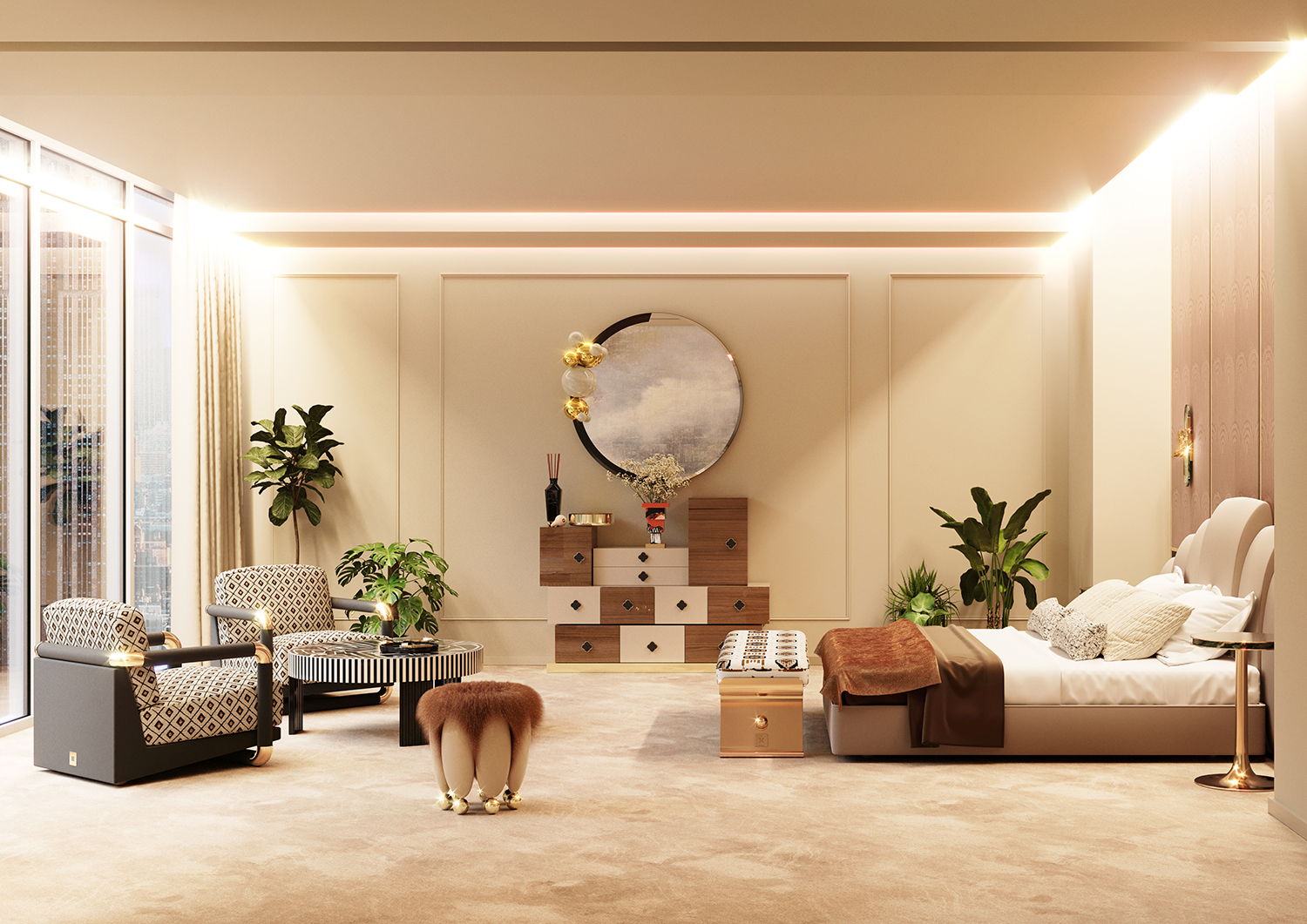Change Your Home With Necessary Concepts of Interior Style and Appearances
The art of changing your home via the important concepts of indoor layout and appearance calls for a thoughtful approach that harmonizes shade, equilibrium, and spatial recognition. By recognizing the influence of shade concept and the relevance of structure and patterns, one can produce areas that are not only visually enticing yet also deeply personal. Achieving this equilibrium involves greater than plain design; it encompasses a critical plan and a keen understanding of how each element connects within a space. As we check out these foundational concepts, consider just how they may redefine your understanding of home and personal expression.
Recognizing Color Concept
Color concept is an essential aspect of indoor design that significantly affects mood, understanding, and overall visual. Understanding the concepts of shade theory permits designers to develop spaces that reverberate emotionally with passengers while fulfilling practical needs (miami luxury interior design). Shades can be categorized right into 3 main types: main, second, and tertiary. Each classification plays a crucial function in establishing consistency within a space.
The emotional impact of colors is profound; cozy tones such as reds and oranges stimulate energy and warmth, while great tones like blues and environment-friendlies promote calmness and serenity. The use of complementary colors enhances visual rate of interest, producing striking contrasts that can boost an area's allure.
Neutral shades, on the various other hand, act as a flexible background, enabling various other style aspects to shine. It is important to take into consideration factors such as lights and the area's objective when picking a color combination, as these can change the understanding of colors throughout the day.
Eventually, a well-considered color scheme can change a room, promoting a sense of comfort and style that straightens with the inhabitants' preferences. Mastery of color concept is, for that reason, an important ability for any interior developer aiming to create harmonious and inviting atmospheres.
Accomplishing Balance in Design
How can developers achieve a feeling of equilibrium in their areas? Accomplishing balance in design is essential to creating unified insides.
Asymmetrical balance, on the various other hand, relies upon varying elements that still accomplish a natural look. This approach permits even more dynamic and casual arrangements, offering interest while preserving stability. By very carefully picking varying dimensions, shades, and textures, designers can develop a visually compelling area that really feels well balanced yet energetic.
Radial equilibrium stresses a central centerpiece with components emitting outward. This style is generally seen in circular layouts, where furnishings and style create a natural surround that draws the eye internal.
Inevitably, achieving balance needs thoughtful consideration of range, percentage, and the partnerships between elements. Architecture Firm. By masterfully using these equilibrium concepts, developers can change rooms right into settings that feel both visually pleasing and functionally unified, enhancing the general experience for passengers
Importance of Spatial Awareness

An eager feeling of spatial awareness web allows developers to identify centerpieces within a space, assisting the customer's focus to vital attributes while keeping a total feeling of unity. It additionally assists in the strategic positioning of lights, which can significantly influence the perception of space and mood. Furthermore, understanding spatial relationships enables the developer to provide to the details demands of citizens, making certain that each location offers its desired objective without endangering aesthetics.
Inevitably, spatial understanding is essential for optimizing the capacity of any indoor area. By carefully taking into consideration the interaction in between dimensions, format, and function, developers can produce environments that not just meet sensible demands but additionally stimulate a sense of comfort and appeal, improving the overall living experience.
Including Texture and Patterns
Welcoming a diverse variety of appearances and patterns can substantially enhance the aesthetic and tactile charm of an indoor area. The strategic use numerous materials-- such as timber, metal, material, and rock-- creates deepness and interest, making a space really feel more welcoming and dynamic. As an example, integrating smooth surfaces with harsh appearances can develop an equilibrium that attracts the eye and engages the detects.
When integrating patterns, take into consideration both scale and repeating. Huge patterns can function as centerpieces, while smaller, subtle styles can enhance other aspects without frustrating the room. Layering patterns, such as pairing flower pillows with striped tosses, includes intricacy and a feeling of harmony if performed attentively.
It is likewise vital to preserve a cohesive color palette, guaranteeing that structures and patterns collaborate as opposed to complete for interest. By selecting a few key appearances and patterns, you can develop a merged aesthetic that reflects your individual style while enhancing the overall setting of the area. Eventually, the careful incorporation of these components can transform an ordinary space right into an innovative atmosphere rich with personality and warmth.
Personalizing Your Room
Developing an area that reflects your character is important to attaining an absolutely inviting environment. Customization in interior decoration enables you to instill your distinct style and passions into your home, changing it from a simple shelter into a refuge that talks to who you are. Begin by selecting a shade combination that resonates with your feelings-- bold shades can energize, while soft tones offer tranquility.
Integrate artwork and decor that show your interests, whether it be traveling, nature, or abstract ideas. Showing personal collections, such as books, pictures, or mementos, can evoke treasured memories and produce prime focus within an area. Additionally, think about personalizing practical pieces, like upholstered furnishings, to straighten with your visual preferences.

Final Thought
In verdict, the change of a home with the essential concepts of interior decoration and visual appeal requires a thorough understanding of shade theory, balance, spatial recognition, texture, and personalization. Each aspect contributes dramatically to developing an unified and functional living environment - Architecture Firm. By attentively incorporating these concepts, people can boost the aesthetic allure and emotional resonance of their spaces, ultimately fostering a home that reflects distinct identities while offering convenience and practicality